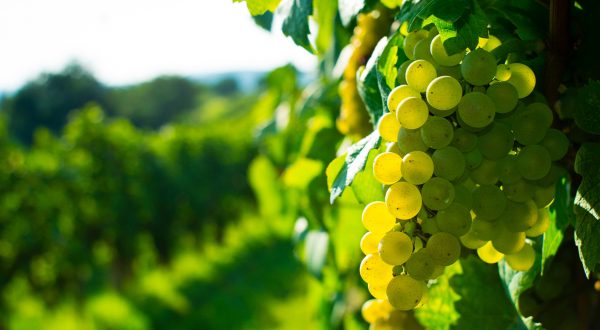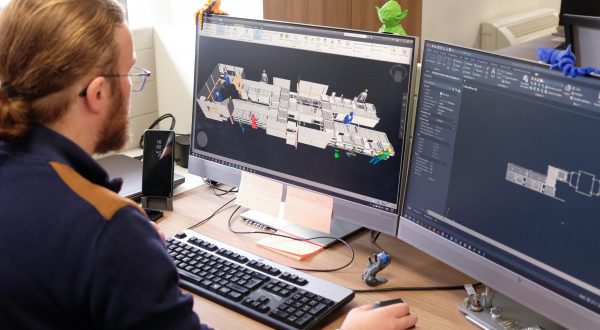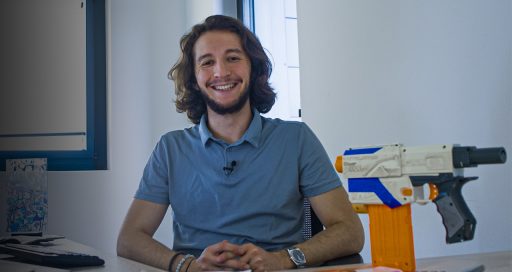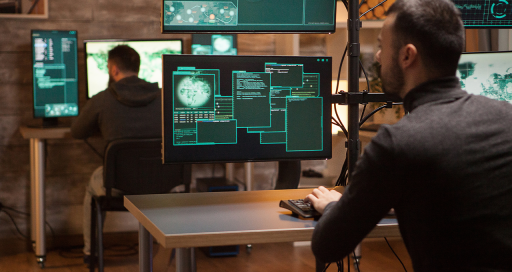The Blaxtair camera, which is helping to improve safety on the Eole worksite in Greater Paris, is a form of visual recognition technology based on artificial intelligence, also used to manage traffic flow.
©Blaxtair
All too often, worksite equipment operators disconnect reversing safety systems due to the annoying alarms produced by the radar which doesn’t differentiate between different types of obstacle. It’s a practice that should be avoided since a worrying American statistic indicates that there is a 50 % chance that a fork-lift truck will collide with someone in a 10-year operating period.
Talking about this issue, Franck Gayraud(1) has developed a smart camera that is intended to secure construction equipment more effectively than reversing radars. The Blaxtair device, produced by the company Arcure, uses artificial intelligence to learn how to recognise the various shapes and types of movement that occur in vehicle blind spots, alerting the operator to human presence.
The camera has been fitted on vehicles on the cramped “CNIT cathedral”(2) station worksite at La Défense in western Paris, as part of the Eole project to extend line E of the RER rail network. Algorithm-driven image recognition, which delivers valuable safety insights, is used in many fields.
Actemium Paris Transport (VINCI Energies) gives its industrial clients access to this ever-evolving technology. According to project manager François de Vecchi, Actemium uses it among other things to monitor road tunnels, in which the smart camera detects and categorises incidents.
Actemium performs this kind of video-based real-time counting by building on the work carried out by platforms heavily involved in image recognition like Google and Facebook
Several cities have deployed the technology to collect data about infrastructure use. By detecting and classifying vehicles then counting them, operators can identify peak periods and decide what adjustments to make.
Images read by AI
Installed at the road-side or overhanging the road, the cameras send images that are “read” by artificial intelligence. The system names the types of vehicles, distinguishes between motorbikes, cars, and lorries – and even pedestrians and animals – then delivers the information in the form of data, which can be read by traffic flow management software.
Actemium performs this kind of video-based real-time counting by building on the work carried out by platforms heavily involved in image recognition like Google and Facebook. “We interface with video processing systems by deploying the latest technologies, such as the neural networks used in machine learning,” says de Vecchi.
(2) The station is so named because of its cathedral-like proportions under the CNIT dome
10/10/2019
Learn more:
https://www.lesechos.fr/





